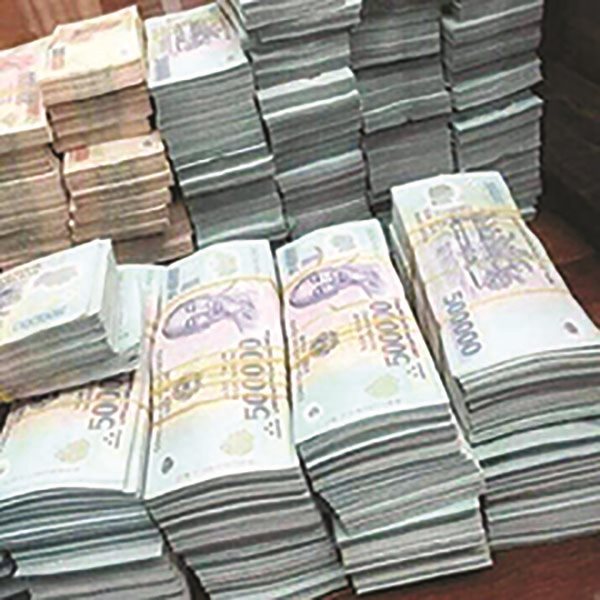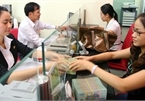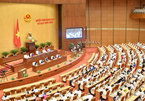The dong and dollar interest rates dropped to an historic low. The dollar overnight interest rate fell to 0.1-0.2 percent in mid-May, while the dong interest rate traded at 0.1 percent last week.

In the context of the continued deposit interest rate cuts, the abundant liquidity could be the result of the increase in money supply and decrease in banks’ capability of converting capital into profit generating assets.
In 2019, the money supply increased by 12.1 percent compared with the end of 2018, which was higher than the 11.34 percent increase in 2018.
The money supply has increased significantly over the last two years, mostly because the State Bank of Vietnam’s (SBV) foreign currency purchases and partially because of the lending through OMO (open market operation).
In return, SBV tried to attract dong capital by issuing bonds, but most of the bonds were short-term.
| The banking system experienced pre-Tet days (late January) without having to borrow money on OMO. SBV even called for bond bidding to withdraw dong from circulation. These all showed the large money supply. |
The banking system experienced pre-Tet days (late January) without having to borrow money on OMO. SBV even called for bond bidding to withdraw dong from circulation. These all showed the large money supply.
Loans to clients always account for the largest proportion of banks’ assets. However, as of April 28, the total outstanding loans had increased by 1.32 percent only compared with the beginning of the year, lower than the 4.6 percent growth rate of the same period last year.
Finance reports show that many banks, including VietinBank and Saigon Bank, had minus credit growth rates in Q1. The possibility of the continued slow credit growth is the major reason behind the prolonged capital abundance.
There are two major reasons behind slow credit growth. First, the demand for loans has decreased because of Covid-19.
According to the State Bank of Vietnam (SBV), as of the end of March, the loans provided to trading activities, transport and telecommunication had reached VND2,000 trillion, or 20 percent of total outstanding loans to the economy, a mild increase of 0.89 percent compared with the end of 2019.
Meanwhile, the outstanding loans to the agriculture, forestry and seafood sectors also increased very slightly by 0.69 percent, which was attributed to the sharp fall in demand from importers. The General Statistics Office (GSO) reported that seafood exports in Q1 dropped by 11.2 percent compared with the same period last year.
Second, commercial banks have become more cautious in providing new loans. The impact of the epidemic on the national economy has raised concern about bad debt increase if banks loosen conditions for providing credit.
Kim Chi

COVID-19 woes to weigh on credit growth even with lower interest rates
Vietnam’s credit growth is forecast to slow to only 8 percent in 2020 from 13.7 percent last year due to a sharp slowdown in economic activity amid the COVID-19 pandemic.

HCM City Party chief calls for announcing ‘end’ of Vietnam pandemic, reviving economy
Vietnam should announce “the end” of the COVID-19 pandemic in the country and “develop a roadmap to gradually resume trade relations with 17 partners,” HCM City Party Committee secretary Nguyen Thien Nhan has said.
 Last week, interbank liquidity was in excess and the interest rate dropped to a record low, signs showing that capital has become ‘stagnant’.
Last week, interbank liquidity was in excess and the interest rate dropped to a record low, signs showing that capital has become ‘stagnant’.